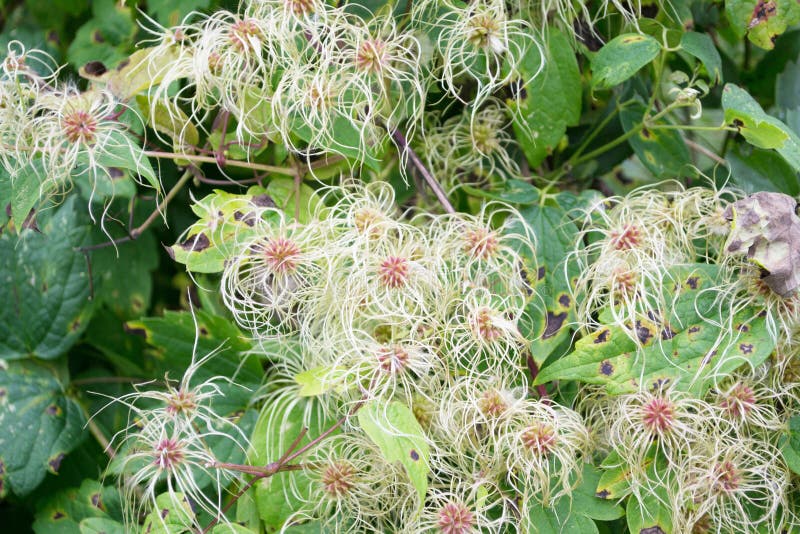Should You Deadhead Your Clematis?

Deadheading, the practice of removing spent flowers from plants, is a common gardening technique that is often debated in the context of clematis. Clematis, known for its exquisite blooms, can benefit from deadheading in some cases, but the decision to do so depends on various factors. Let’s explore the pros and cons of deadheading clematis to help you make informed choices for your plants.
Clematis Groups:
- Group 1 Clematis: The Group 1 clematis bloom on the old wood from the previous season. As they tend to have only a single flush of flowers in the early summer, it is generally not necessary to deadhead them. If required, pruning can be carried out as soon as they have finished blooming to remove and dead wood and to shape the plant if required.
- Group 2 Clematis: The Group 2 clematis will generally provide 2 flushes of flowers, blooming on both the old wood from the previous season and the new wood from the current season. It can be beneficial to deadhead this group of clematis as it can encourage the plant to produce a second flush on the new growth. When the initial flush of flowers is spent, cut them back to just above a healthy set of leaves. This will encourage the plant to put on new growth from these points and will produce additional flowers later in the season.
- Group 3 Clematis: The Group 3 clematis bloom only on the new wood of the current season. Deadheading of this group of clematis is highly recommended to promote additional blooming through the season. When the flowers are spent, cut them back to just above a healthy set of leaves to encourage vigorous new growth and more flowers.
Pros of Deadheading Clematis:
Promotes Continuous Blooming: Deadheading encourages clematis to produce more flowers by redirecting energy from seed production to new growth. This can result in a more extended and prolific blooming season, adding visual appeal to the garden.
Enhances Aesthetic Appeal: Removing spent flowers maintains the overall beauty of the clematis plant. By preventing the formation of seed heads, deadheading keeps the plant looking neat and tidy, although some clematis are known for their attractive seed heads and these can also be a feature of the plant.
Stimulates New Growth: By eliminating spent flowers, deadheading prompts the plant to focus on putting its energy into producing new shoots and foliage. This can result in a healthier and more vigorous clematis, with increased branching and a fuller appearance.
Cons of Deadheading Clematis:
Loss of Attractive Seed Heads: Some clematis varieties produce interesting and decorative seed heads that can add ornamental value to the garden, especially during the fall and winter months. Deadheading eliminates this feature, which may be appreciated by some gardeners.
Time-Consuming: Deadheading can be a time-consuming task, especially if you have a large number of clematis plants in your garden. It requires regular monitoring and attention to ensure that spent flowers are promptly removed.
Not Necessary for All Varieties: While deadheading benefits some clematis varieties, it is not universally required for all. Some clematis naturally shed their old flowers, and deadheading may not significantly impact their blooming or overall health.
Conclusion:
In conclusion, the decision to deadhead clematis depends on personal preferences, the specific variety of clematis, and the desired garden aesthetic. If a neat appearance and prolonged blooming are priorities, then deadheading may be a beneficial practice. However, if you appreciate the visual interest of seed heads and are willing to accept a more natural look in your garden, deadheading may not be necessary.
Ultimately, the gardener should observe their clematis varieties, consider the pros and cons, and make choices based on their individual preferences and gardening goals. Whether deadheading or not, providing proper care, including adequate water, sunlight, and support, will contribute to the overall health and vitality of clematis plants in the garden.
